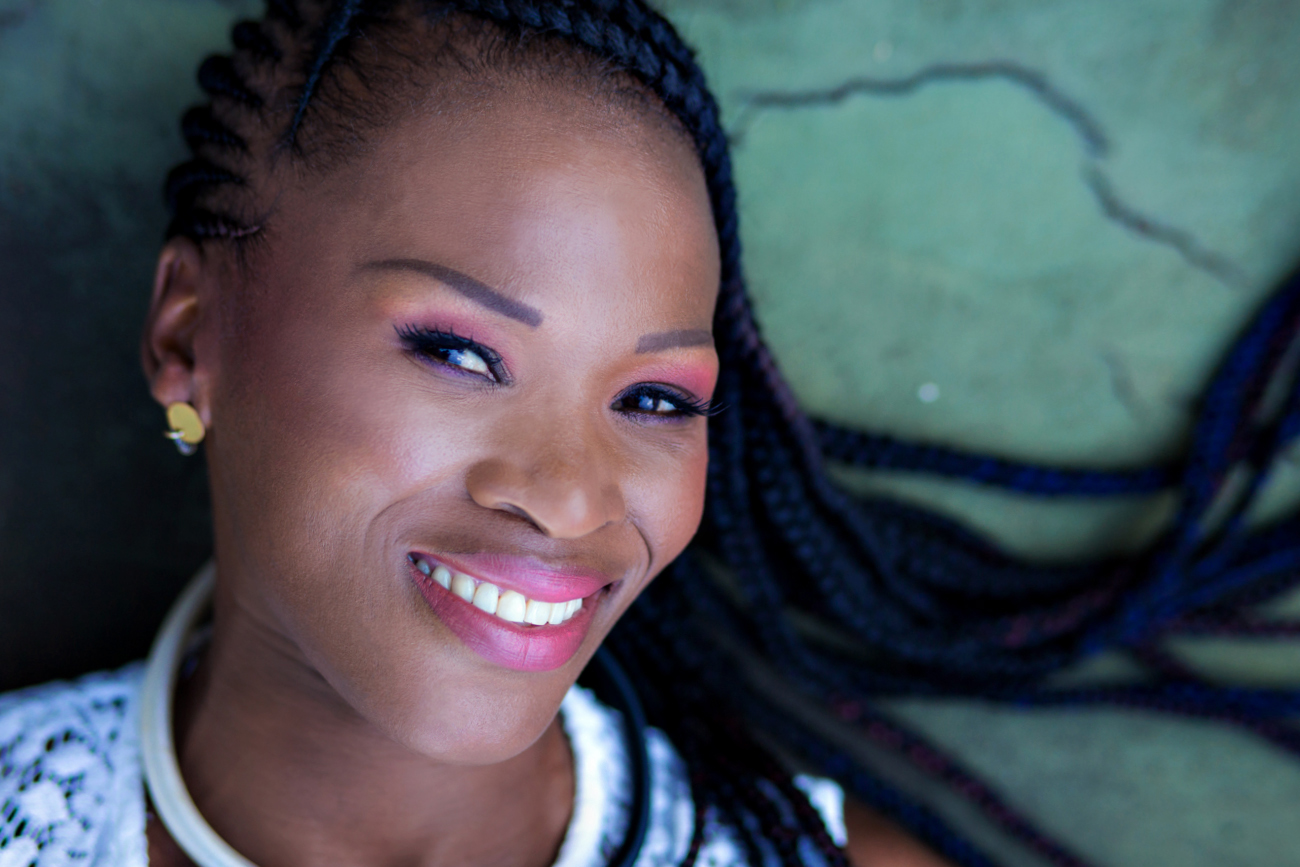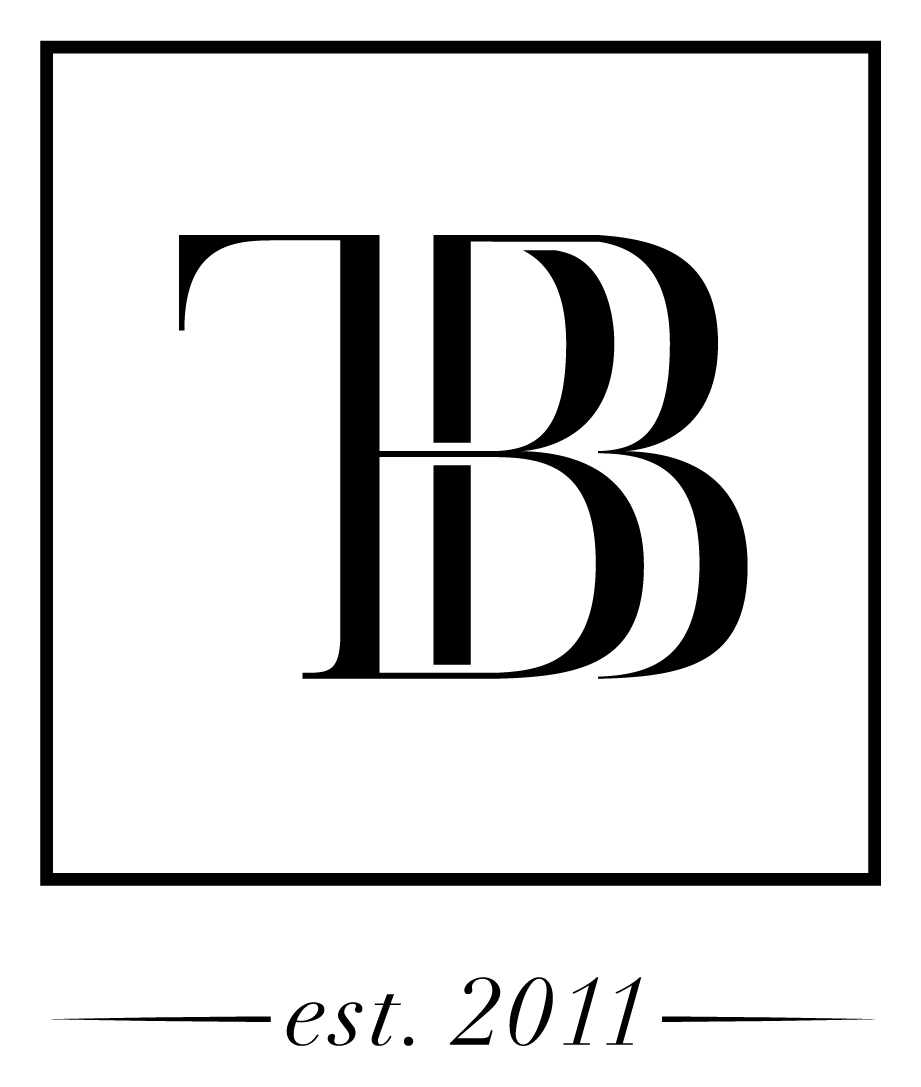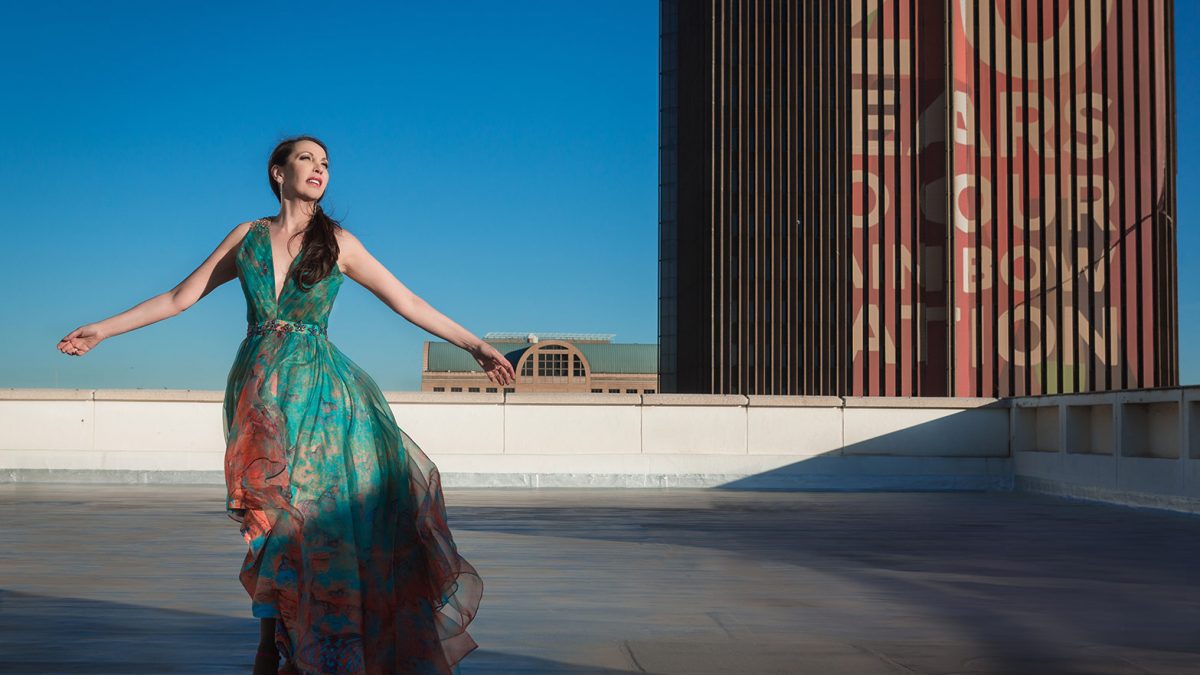
The story of Anna
25/01/2021
The Hot Girl: Navigating Personal Branding, Workplace Attire, and Self-Worth in a Modern World
03/04/2023How to find your style?
A very ambitious feat but worth the try.
We get influenced by many external factors – media, celebrities, people around us, fashion, and trends we don’t always fully understand.
Here are 6 simple steps to follow to find your style –
One
- You must know what your body type is.
- If you don’t know your body type, you will end up with clothes you don’t feel good in, and you won’t know why.
Two
- Find your “uniform”.
- A basic look that you would love to wear every day.
- Take into consideration your life and your occupation.
- For example, your uniform would be more formal if you work in the corporate vs creative environment.
- Your “uniform” can be dressed up or down with accessories, shoes and bags.
Three
- Find one person (a current celebrity constantly in the media) with your body type, and who wears clothes you like.
- Once you’ve chosen your person, start collecting pictures of them in one place to get an overall view of their style.
- Use three words to describe the style.
- Those three words are your guidelines. When you go shopping, those three words must match your purchase.
Four
- Define your colour palette.
- Warm vs Cool (or Neutral).
- Pick your colour palette and ensure that the colour makes you look both vibrant and healthy and that you like it.
- The colour must have both qualities to qualify for your colour palette.
- You must have your neutrals – black, white, cream, grey, brown & then add up to 5 colour hues. (Keep in mind the different hues).
- Gather all your colours together (pictures/material) and keep them in a place you can take with you when shopping. This way, you will always be ensured that you choose YOUR colours.
Five
- Shape & Fit.
- Make a list of what you prefer – for example – What length skirt you like?
- Do you prefer tight clothes, tailored or boxy? (The answer to this question will give you an indication of the fabrics you gravitate towards).
- Do you like solid colours, prints, stripes, or patterns?
- DO NOT THINK YOU SHOULD TRY SOMETHING BECAUSE IT’S ON TREND.
- The most important question is – Will it fit my body?
Six
- Shoes & Accessories.
- Usually, they are underrated, yet they can do so much to style your uniform up or down.
- Do you like your accessories to be big pieces or small pieces?
- Do you like one statement piece or lots of different accessories?
- Do you like your shoes to make a statement/colour blocking, or should they match your outfit?
How do you keep all of these thoughts in one place? Pinterest! It’s a living document that will be ever-evolving.
Make a screenshot if you want and take it shopping with you.
How to determine your body type –
Knowing your body type allows you to focus on the parts of your body you like and hide the parts you like less. Find a quiet place where nobody can walk in on you or your neighbour can spy on you. Strip to the bone 🙂 Take your measuring tape and start with the bust. Measure the widest point and ensure that you stay horizontal around the body. The narrowest part of your middle is just below your ribcage – feel with your fingers and check your image in the mirror. The widest part of your hips is not on the hipbones but a little lower. For most, it’s on the crotch.
Now you have your three measurements – keep them safe (so you can refer back to them when you order clothes online).
Now – what is your body shape?
If your hips are the widest part of your body, then you have a triangle.
You should accentuate your middle and legs if you have this body shape.
You have an inverted triangle if the most prominent body part is your chest and your shoulders are broad. It’s a sporty body type with narrow hips.
A rectangle body shape is very boyish. Shoulders and hips are even in width.
Round body type is when your middle is not accentuated, you have thin legs, and the upper body has bulk.
Hourglass figure – Your shoulders and hips have the same widths, and your middle is significantly smaller.
Which colours work for your skin tone?
Why is it important to know?
When you wear colours that flatter your skin tone, people will tell you that you look radiant, that your eyes are shining and that you look beautiful. On the other hand, wearing colours that are not flattering to your skin tone will result in people commenting, “Are you tired”? or “Are you ok?” You might look at yourself in the mirror and think the bags under your eyes are 10 times more pronounced. Following the rule of wearing colours with the same undertone as your skin will always make you look more radiant, healthy, younger, and happier.
How do you determine your skin’s undertone?
First method –
Position yourself next to a window that allows enough daylight into the room – not direct sunlight or any artificial light – these light sources will mess up your results.
Now check the veins on the inside of your arms – are they blue or green? If your veins appear blue, then you are on the cool side. If your veins are green, you are on the warm side.
If you can’t, for the life of you, determine whether they are green or blue, you are neutral.
Second method –
Take a piece of white paper and position it next to your neck. Not against your face because our faces always have a bit of red in them due to hormonal and other factors. Even better – remove all your clothes and put a white towel around your face and body so you are surrounded by only white.
Now compare your skin tone against the white sheet of paper – does it turn pinkish/reddish or yellowish?
If it’s pink/red, you have more cool undertones to your skin; if it’s more yellow, you have a warm undertone.
Third method –
Hold 2 pieces of jewellery next to your neck. One piece silver and one piece gold – check which one looks the best against your skin colour. If it’s silver, you have a cool undertone; if it’s gold, you have a warm undertone.

